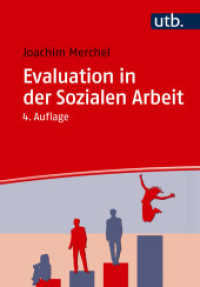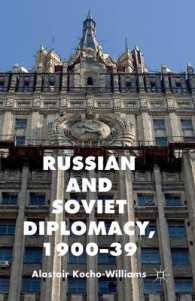- ホーム
- > 洋書
- > 英文書
- > Science / Mathematics
Full Description
Whereas the first part of the book concentrateson combinatorial methods in order to analyse classical codes as prefix codes or codes in the Hamming metric, the second is devoted to combinatorial models in Information Theory.








